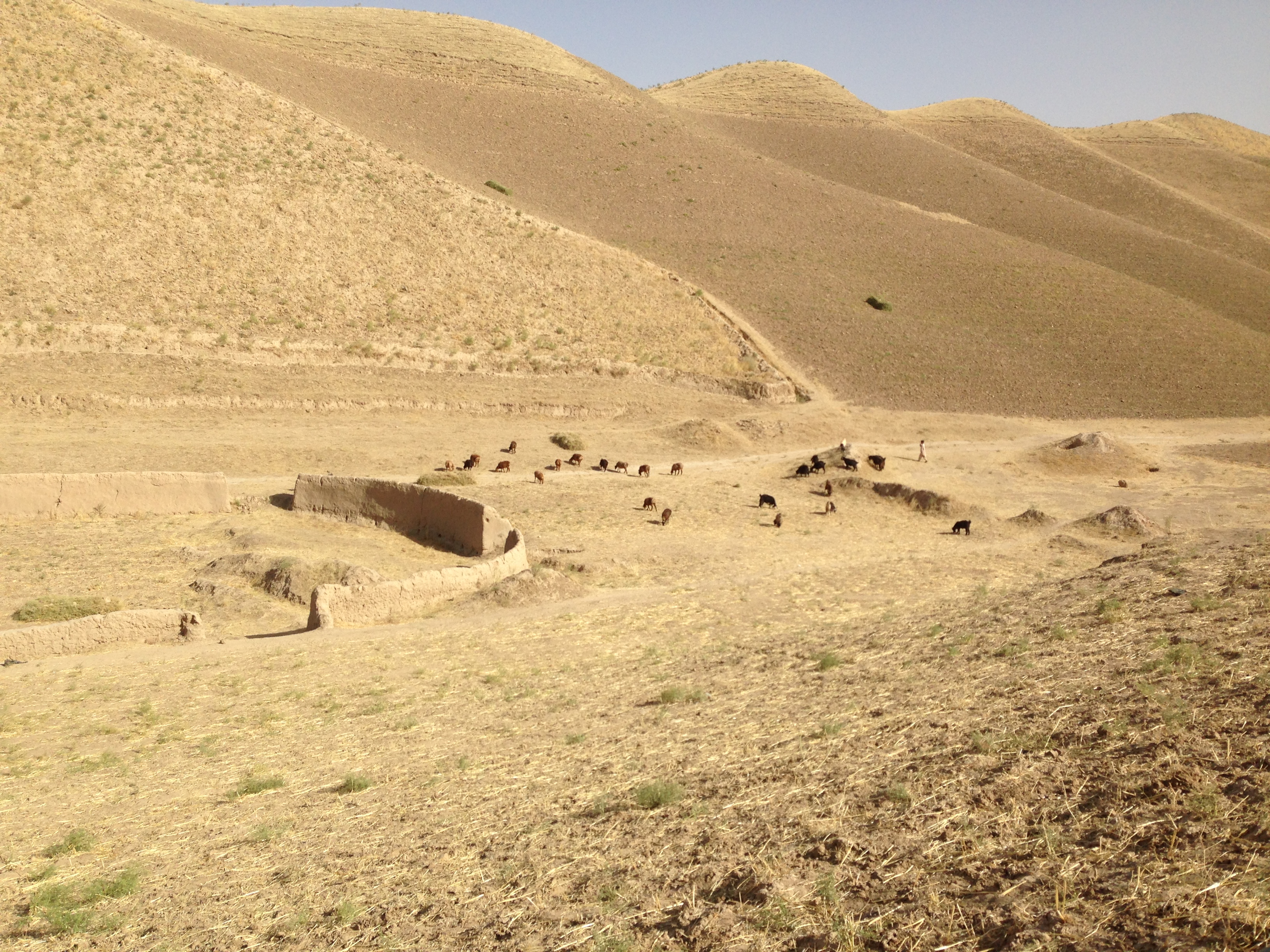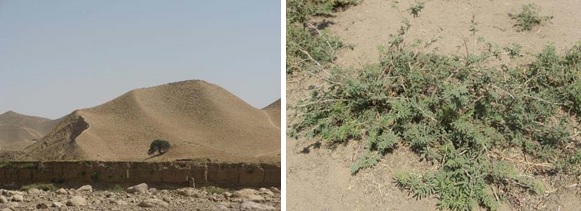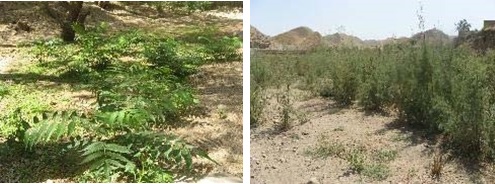
The Relevance and place of FMNR in the Afghanistan Context
January 19, 2018
Thousands of years of environmental stress have dramatically altered Afghanistan’s landscape and caused extensive environmental destruction. Ancient history and archaeological evidence show that Afghanistan had good forests and was green. The country had been described as ‘an orchard’. Once rich areas of forest and grassland have been reduced to stretches of barren rock and sand. It is certain that the destruction started a long time ago. The belt of continuous dry forests that perhaps surrounded the Kabul basin some 2,000 years ago, had already disappeared before the Muslim period. The presence of pistachio trees in Bactria, which were still abundant during the period of the Hellenic kingdoms, soon also grew rare. While poverty has contributed to the need to cut trees, uproot shrubs, and collect dung for burning, the direct and indirect impact of invasion and conflict has played no small part. In the last several decades, 90% of remaining forests in Afghanistan have been destroyed to meet fuel needs and much of the timber has been exported to neighbouring Pakistan. “Years of war and drought have felled more trees than wood stoves, which generally burn scrap wood”. The big killer of trees, though, is economics. There is a huge demand for Afghan timber in the international market. Commercial timber harvesting is illegal in Afghanistan — which leaves a massive smuggling industry to satisfy international demand, with bordering Pakistan being the main outlet for Afghan timber.
The government of Afghanistan began to recognize environmental problems in the 1970s with the help of the United Nations and other international agencies. The pressures of the war, however, have diverted attention from these issues and further aggravated the country’s environmental state. The country’s forest area, located almost entirely in the east and southeast, has been estimated at some 25,000-sq. km ‐ that is, less than 4% of the total surface area. Others put it at 2%. The deciduous forests have almost completely disappeared. The natural extension of clear juniper forest, more than 95% of which is destroyed, can only be reconstructed with the help of a few witnesses. The groups of pistachio trees on the northern slope of the central mountains have only kept some of their density in the north-western province of Bādḡis.
The biggest challenge ahead is not how to restore the environment. Given a chance, nature can go a long way towards healing itself. To change mindsets is the management approach that determines the state of the environment. Hence, it is imperative to clearly demonstrate to communities who have accepted barren landscapes as normal and inevitable, that restoration is not only possible, but essential for the wellbeing of their children, and that it is within their means to make it happen. Fortunately, WV Afghanistan has already laid a firm foundation for this in Bādḡis province.

Above Left: A lone sentinel pistachio tree stands as if guarding the memory of what was once a vast forest. It is also a harbinger of hope, boldly declaring to all with eyes to see that restoration is possible. That one tree can survive begs the questions ‐ Why not more? – and, What would it take?
Above Right: During this field visit, few live tree stumps and only isolated examples of regeneration from tree seeds was observed. However, those that were found provide evidence that under the right conditions restoration will be possible. Prosopis cineraria regenerating from tree stumps and roots, and possibly even seed, in a high livestock traffic area.
Farmer Managed Natural Regeneration (FMNR) involves the systematic and farmer‐selective regeneration and management of naturally occurring trees and shrubs from stumps, roots and seeds. In other words, it is a natural agroforestry system – rather than planting trees, FMNR uses what is already in the ground. But FMNR is not simply a technical approach. Its success lies in working with communities to build an enabling environment that allows them to develop their capabilities in organisation, networking, dealing with authorities, and creating governance systems.
FMNR include its simplicity, low cost, rapidity, scalability and high success rate. As FMNR’s approach works with regenerating the existing tree stumps, roots and seeds in the ground, in the context of Afghanistan, the focus was on regeneration from relocated seedlings, stumps and roots. And because of the advantage of planting economically valuable species such as Pistashio, FMNR is implemented in Afghanistan in combination with direct sowing of seeds, planting of cuttings or truncheons and transplanting tree seedlings.

